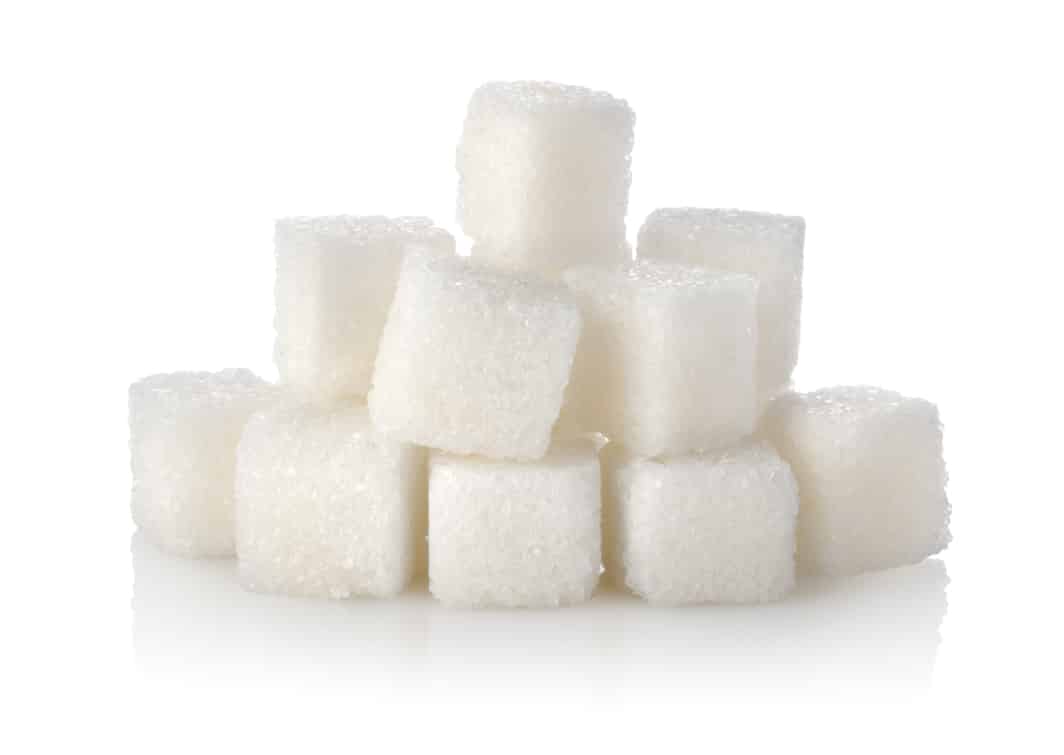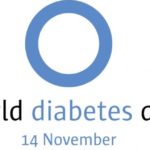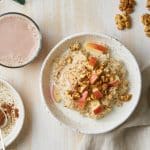
Sugar Awareness Week
From 11th – 17th November it is Sugar Awareness Week – it is now recommended that our intake of free sugars should not exceed 5% of total energy intake each day. But there is lots of confusion around this, with many of us not knowing how much this is and how to reduce our consumption.
Below, we answer some common questions to help reduce the question mark surrounding sugar intake.
What are free sugars?
Many people think of sugar as something they add to their recipes or drinks in the form of table sugar. However, free sugars are all sugars added to food and drink including those in food production. This includes everything from crisps, biscuits, cakes, soft drinks, ready meals and sauces. These sugars should be consumed less often and in small amounts.
What are natural sugars?
Sugar in dairy foods such as milk and yoghurt, fruit and vegetables in all forms, i.e. canned, frozen, fresh and dried, all contain natural sugars and don’t count towards your free sugar intake. These foods form an important percentage of a healthy and balanced diet.
Why should I reduce my free sugar intake?
Having a higher intake of free sugars means you will likely be consuming more calories overall, which is likely to lead to weight gain and eventually obesity. You are also at higher risk of developing tooth decay and type 2 diabetes.
Why do fruit and vegetables contain natural sugars but fruit and vegetable juices and smoothies contain free sugars?
The UK government have separated these two types of sugars. Whole fruits and vegetables contain sugars that remain inside their cells, whereas juices, smoothies, purees and pastes contain sugars that are released from their cell structure during production. It has been suggested that sugars that have been released from their cell structure are more easily consumed in greater quantities. For example, you would likely be able to drink a whole smoothie much more quickly and easily than you would consume the equal quantity in whole fruit and vegetables that it took to make it. This could lead to overconsumption in calories and sugar. Therefore, it is recommended not to consume more than 150ml of fruit and vegetable smoothies each day, with this counting at one of your 5-A-Day.
Which foods contain the most free sugars?
The main sources are both foods and drinks that contain added sugar. This includes soft drinks, cakes, biscuits, sweets and desserts.
How do you know how much free sugar is in the foods I buy?
By law, packaging must include the total sugars on their nutrition label. Total sugars are a combination of free sugars and naturally occurring sugars.
Working out the free sugar quantity is tricky due to that fact that we are given the total sugar value. Looking at the ingredients is helpful as sugars added to the product must be included on the list. Free sugar can appear on the ingredients list as ‘sugar, honey, brown sugar, maple syrup, molasses, treacle, nectars, maltose, corn syrup, fruit juice concentrate, isoglucose and crystalline sucrose’. Ingredients are listed in descending order of weight; the lower down the list the added sugar comes, the less that has been added. If there is no sign of any, all the better.
Are there lots of hidden sugars in the foods I buy?
Savoury convenience foods can have sugar added to them, such as sauces condiments, ready meals and soups. The government has implemented a strategy to reduce calories of such foods by 20% by 2024, resulting in a reduced level of added sugar. However, sugar isn’t ‘hidden’ in food, by law everything contained within the food product must be displayed within the ingredients. Take a few seconds to check over the ingredients list before purchasing.
How can I decrease my free sugar intake?
Eating a diet of whole foods with limited processed products will enable you to significantly reduce your sugar intake. Eat a diet of fibre-rich starchy carbohydrates, fresh fruit and vegetables, foods high in protein such as lean meat, fish, eggs and low-fat dairy products. Swap sugar laden drinks with unsweetened alternatives such as water, low-fat milk, no added sugar squash and fruit teas. Bear in mind that alcoholic drinks currently contribute to around 10% of adults’ free sugar intakes. Therefore decrease your intake by alternating between alcoholic beverages and glasses of water.


